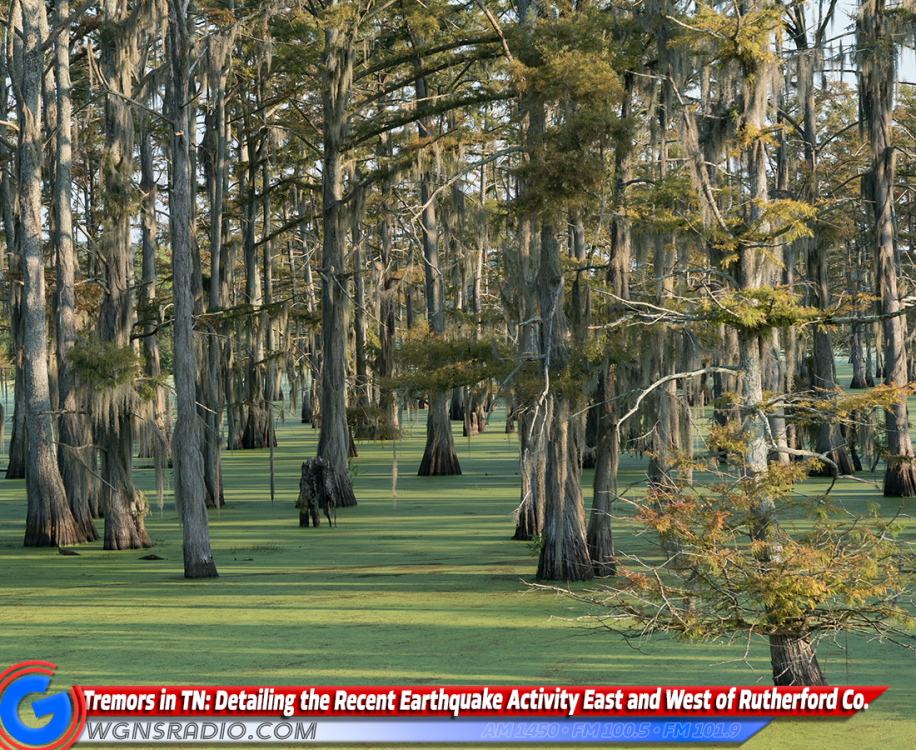TENNESSEE - In the past week, Tennessee has experienced three earthquakes, with two recorded in East Tennessee and one in West Tennessee. The seismic activity has raised awareness and continues to raise concern among residents as they navigate potential impacts of these natural events.
On Friday morning, just eight minutes before 2 AM, a 2.3 magnitude earthquake struck Maryville, East Tennessee, at a shallow depth of 9.9 km (6.2 miles), which is located within the Earth’s crust. Later that evening, another earthquake hit Greeneville around 6:42 PM, registering at 2.4 magnitude and occurring at a depth of 11.3 miles. No damage was reported.
In West Tennessee, a magnitude 1.9 earthquake occurred on Monday afternoon at approximately 1:50 PM, near the Lake Isom National Wildlife Refuge in Tiptonville. This quake was recorded at a depth of 6.3 km (3.9 miles). Historical data reveals that Tiptonville has experienced a remarkably high frequency of seismic activity, with 10,237 earthquakes reported within a 94-mile radius since 1950. Notably, Tiptonville is situated near Reelfoot Lake—formed by a series of significant earthquakes that struck the area in the winter of 1811-1812, all part of the New Madrid seismic zone that extends across Tennessee, Kentucky, Arkansas, and Missouri. No damage was reported.
The depth of an earthquake plays a crucial role in how strongly it is felt. Shallow earthquakes, like those recorded this week, typically result in more intense shaking at the surface due to the shorter distance seismic waves travel. In contrast, deeper quakes tend to dissipate through the Earth’s layers before reaching the surface, leading to less noticeable effects.
Geological factors, such as the type of rock in the area, also contribute to the intensity of tremors felt by residents. Clinch Mountain, where one of the East Tennessee quakes occurred, consists of a mix of sandstone, shale, and limestone, which can affect how seismic waves propagate.
As Tennessee residents remain vigilant about potential seismic activity, understanding the geology and history of the region can provide valuable insights into these natural phenomena. Residents are encouraged to stay informed and prepared as seismic monitoring continues throughout the state.
More Information:
- Past Article in Feb. from WGNS - Click Here to Read More.
- Read about earthquake research that focuses on Tennessee HERE.
- Read about earthquake in Tennessee preparation HERE.
- Source: University of Memphis CERI





